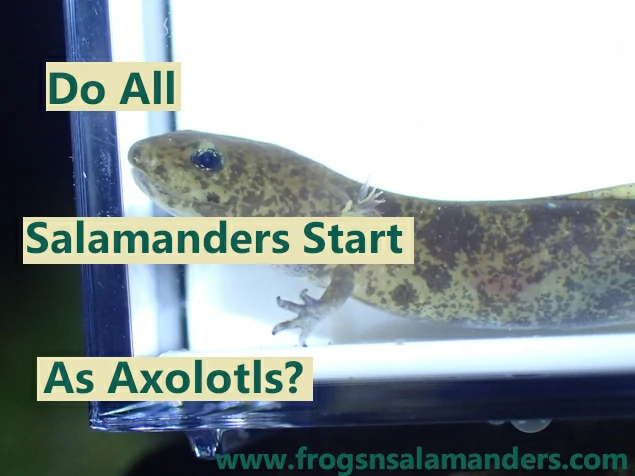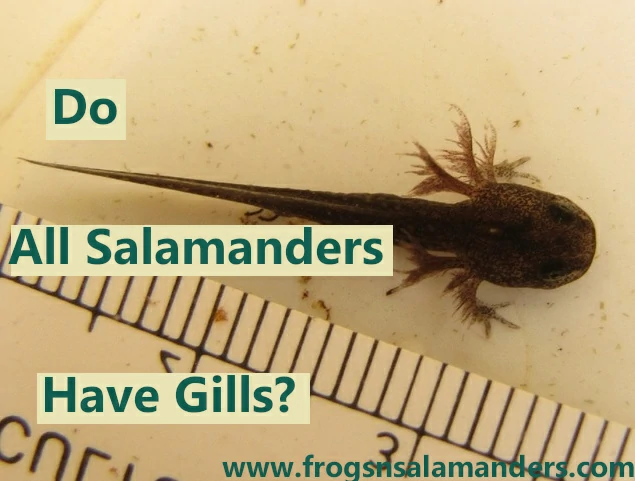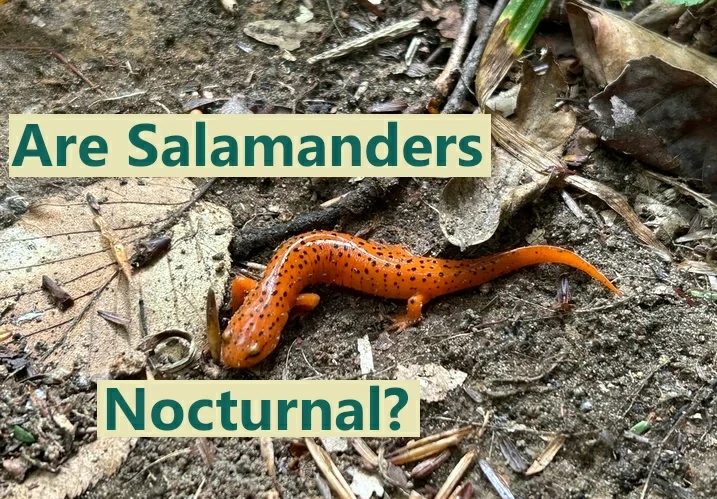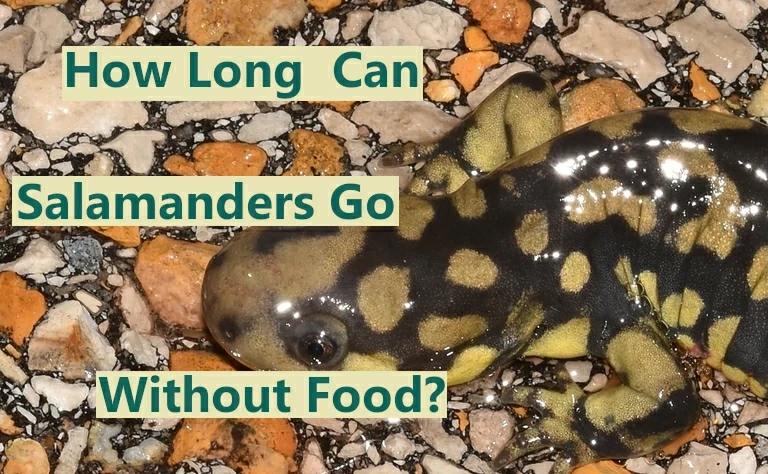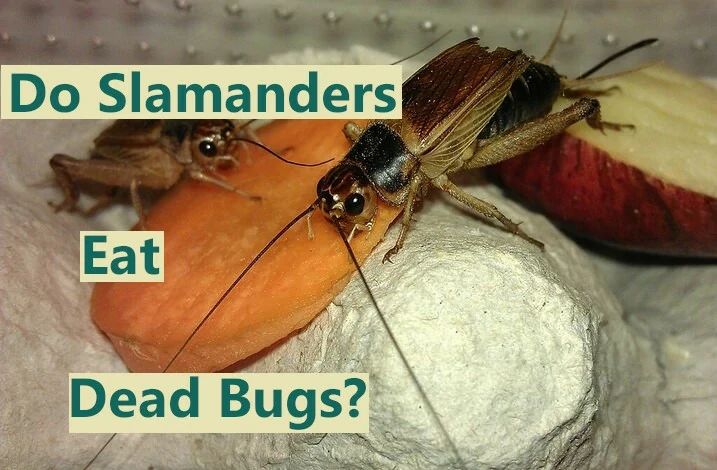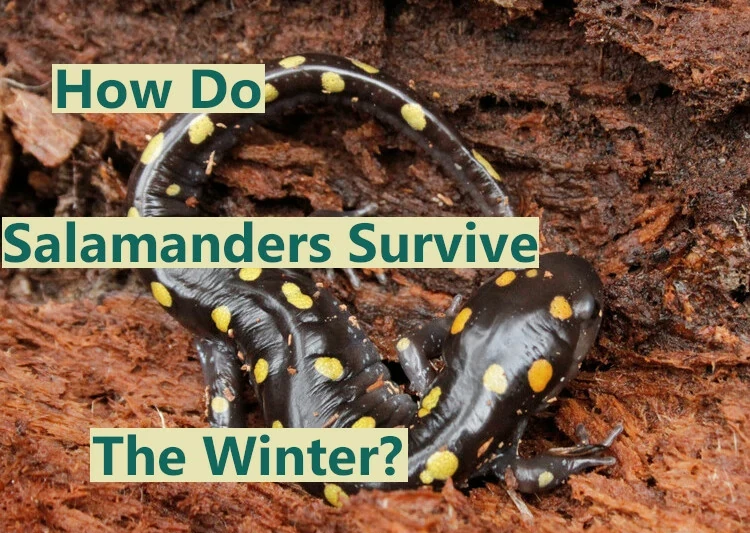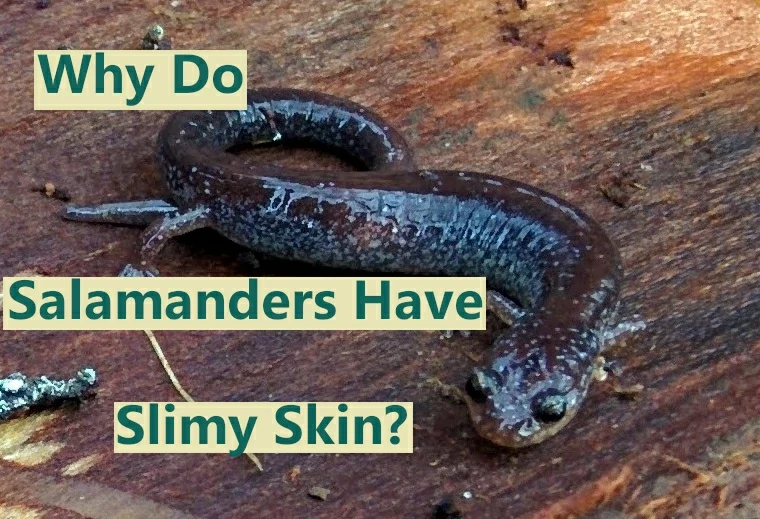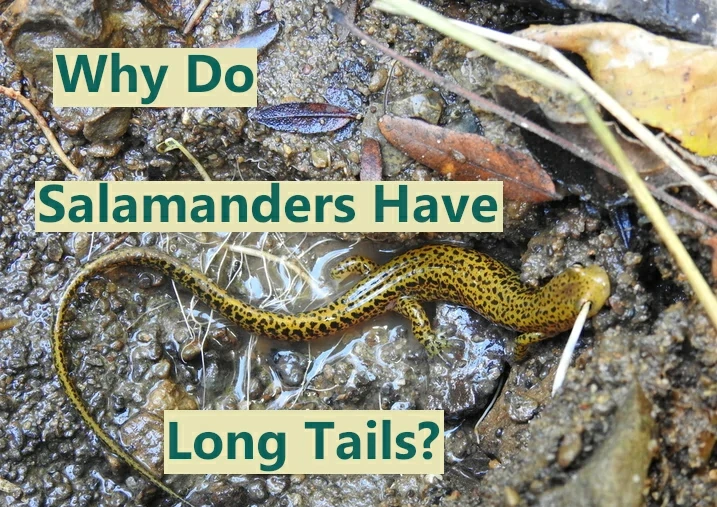Do All Salamanders Start As Axolotls?
Salamanders are small, slimy animals that many people find fascinating. They live quiet lives, mostly in damp places, and they don’t make much noise, but they certainly get attention. One salamander in particular, the axolotl, has become very popular. Because of how unusual it looks and how different it acts, many people believe something that … Read more

